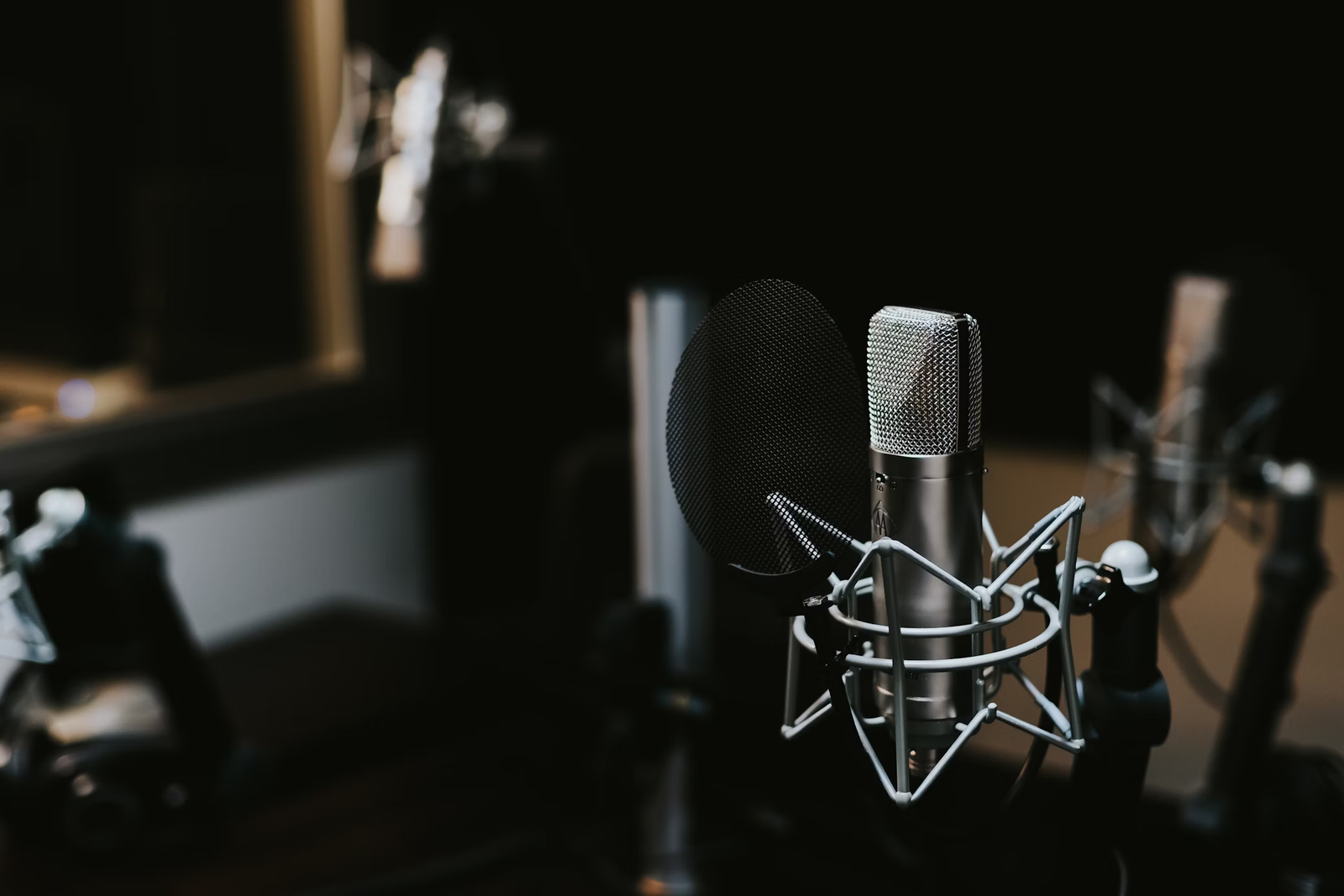Creating a podcast that people will want to listen to requires achieving professional sound quality in your studio. Here are some simple steps to help you achieve this:
1. Invest in a Good Microphone
The microphone is a crucial piece of equipment in your studio. A high-quality microphone can significantly improve the sound quality of your recordings. There are many different types of microphones available, so take the time to research and find one that suits your needs and budget.
2. Use a Pop Filter
A pop filter is a screen placed in front of the microphone to reduce or eliminate ‘popping’ sounds. These sounds can be caused by the impact of fast-moving air on the microphone during recorded speech. Using a pop filter can greatly enhance the clarity of your recordings.
3. Soundproof Your Studio
Soundproofing your studio can help to eliminate background noise and echo, which can distract from your podcast. This can be achieved by adding foam panels to the walls and ceiling, and using rugs or carpets to absorb sound.
4. Use High-Quality Headphones
High-quality headphones are essential for monitoring your sound while you’re recording. They can help you identify any issues with your sound before it’s too late to correct them.
5. Learn How to Edit
Editing your recordings can significantly improve their sound quality. This includes removing background noise, adjusting the volume levels, and cutting out any mistakes or awkward pauses.
6. Test Your Sound
Before you start recording your podcast, make a few test recordings to check your sound. This can help you identify any issues and make adjustments as needed.
Achieving professional sound quality requires time and practice. Don’t be discouraged if your first few recordings aren’t perfect. With patience and persistence, you can create a podcast with sound quality that rivals the professionals.




